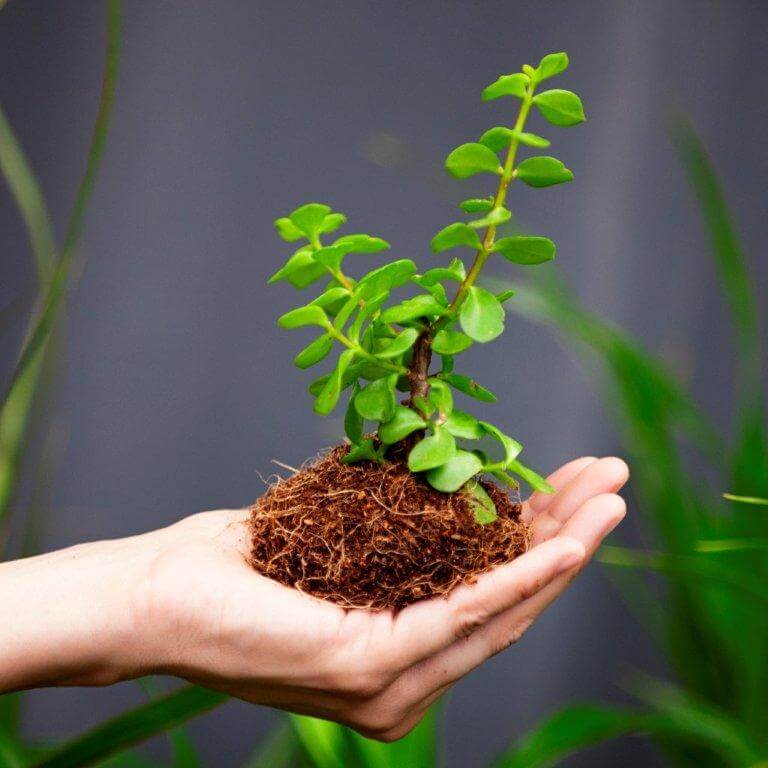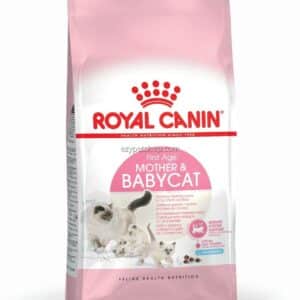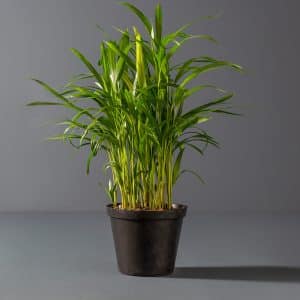Meet the indigenous eco-warrior: Spekboom
Indigenous and fynbos

If you’ve been looking for a hassle-free indigenous shrub to plant, look no further than the humble Portulacaria afra (commonly known as spekboom or elephant’s food)… the secret superhero of your garden!
As its latter common name indicates, it is favoured as a tasty snack by hungry elephants and is found extensively in the Addo Elephant Park, where these gentle giants feast on it to their hearts’ content.
But its special talent is in mopping up tons of excess carbon that exists in our atmosphere, negatively affecting climate change. Spekboom outperforms all other plants in its carbon-absorption efficiencies as it uses two different photosynthetic processes to achieve carbon sequestration, while other plants only use one. The result is that a single strand of spekboom can absorb as much carbon as an entire forest of other deciduous trees. Plus, it is highly drought-resistant and can survive on just +-350mm of water per year, making it the ideal choice for waterwise and eco-conscious gardeners.
Besides its environmental credentials, spekboom is a good-looking shrub with small round green leaves and red stems. Star-shaped pink flowers attract insects and birds to the garden from late winter until spring and if you’re interested in experimenting with medicinal remedies, then try eating the lemony-tasting leaves to treat ailments like heartburn, dehydration and heat stroke.
Best of all is the fact that spekboom is easy to propagate: simply cut or break off a piece, stick it in your garden bed or rockery, water every few days and soon enough you’ll have another one of these versatile carbon-munchers happily growing in your garden. Enjoy!
You might also like
Shop online
-
- Sale!
MOTHER & BABY CAT 195G , 400G OR 4KG
- R34.99 – R627.19
- Select options This product has multiple variants. The options may be chosen on the product page Learn More
-
Bamboo palm 15cm
- R139.99
- Add to cart Learn More
-
- Sale!
DACHSHUND JUNIOR 1.5KG
- Original price was: R314.99.R251.99Current price is: R251.99.
- Add to cart Learn More




